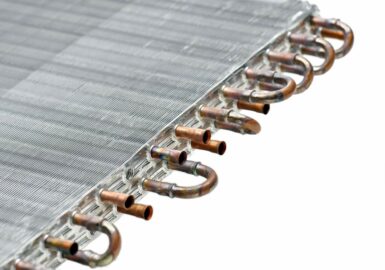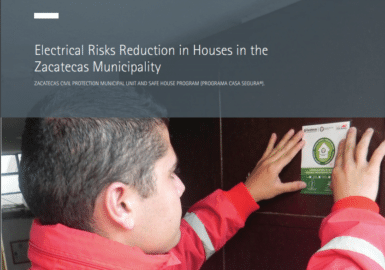El aire acondicionado hace mucho más que expulsar aire fresco. Controla la calidad y la limpieza del aire y reduce los contaminantes del mismo. Las propiedades antimicrobianas naturales del cobre lo hacen ideal para garantizar la limpieza del aire, esencial para cualquier hogar, vehículo y edificio de oficinas. Las temperaturas más cálidas de la primavera y el verano y el aumento del nivel de vida en las economías en desarrollo están impulsando el aumento de la demanda mundial de equipos de aire acondicionado doméstico.
Las investigaciones han demostrado que la humedad que se condensa en los sistemas de aire acondicionado puede crear un entorno en el que prosperan los microorganismos. Todo el mundo ha oído historias sobre trabajadores de oficinas que comparten un edificio o estudiantes que conviven en una residencia de estudiantes que enferman. Esto se conoce comúnmente como "síndrome del edificio enfermo" y puede ser causado por unidades de aire acondicionado sucias y con moho.
El cobre puro y las aleaciones de cobre tienen propiedades antimicrobianas que matan los microorganismos al contacto y evitan el crecimiento de bacterias y hongos. Los sistemas de tratamiento de aire de alta eficiencia (recuadro) con componentes de cobre naturalmente antimicrobianos no sólo mejoran el rendimiento del motor y la refrigeración, sino que también ayudan a inhibir el crecimiento de moho y bacterias.
Las tecnologías avanzadas basadas en el cobre están permitiendo la innovación en la industria del aire acondicionado.
Las unidades de cobre en espiral están prácticamente libres de moho, incluso después de años de uso, lo que mejora la calidad del aire y las condiciones de vida, al tiempo que disminuye la demanda de electricidad y aumenta la eficiencia energética.
Las propiedades únicas del cobre como conductor del calor térmico y resistente a la corrosión, metal antimicrobiano con infinita capacidad de reciclaje, lo convierten en el material elegido para mejorar la calidad del aire interior.
Recursos para la calidad del aire
Recursos de filtrado
Carbon Footprint of Copper Production: Best Practice Guidance for Greenhouse Gas Measurements
Greenhouse gas (GHG) emissions are the major driver for climate change. According to ICA’s analysis based on 2018 data, copper production represents approximately 0.2 percent of global GHG emissions. Copper miners and producers recognize that they have a responsibility to mitigate GHG emissions, and many companies have made commitments to and are engaged in reducing their GHG emissions.





